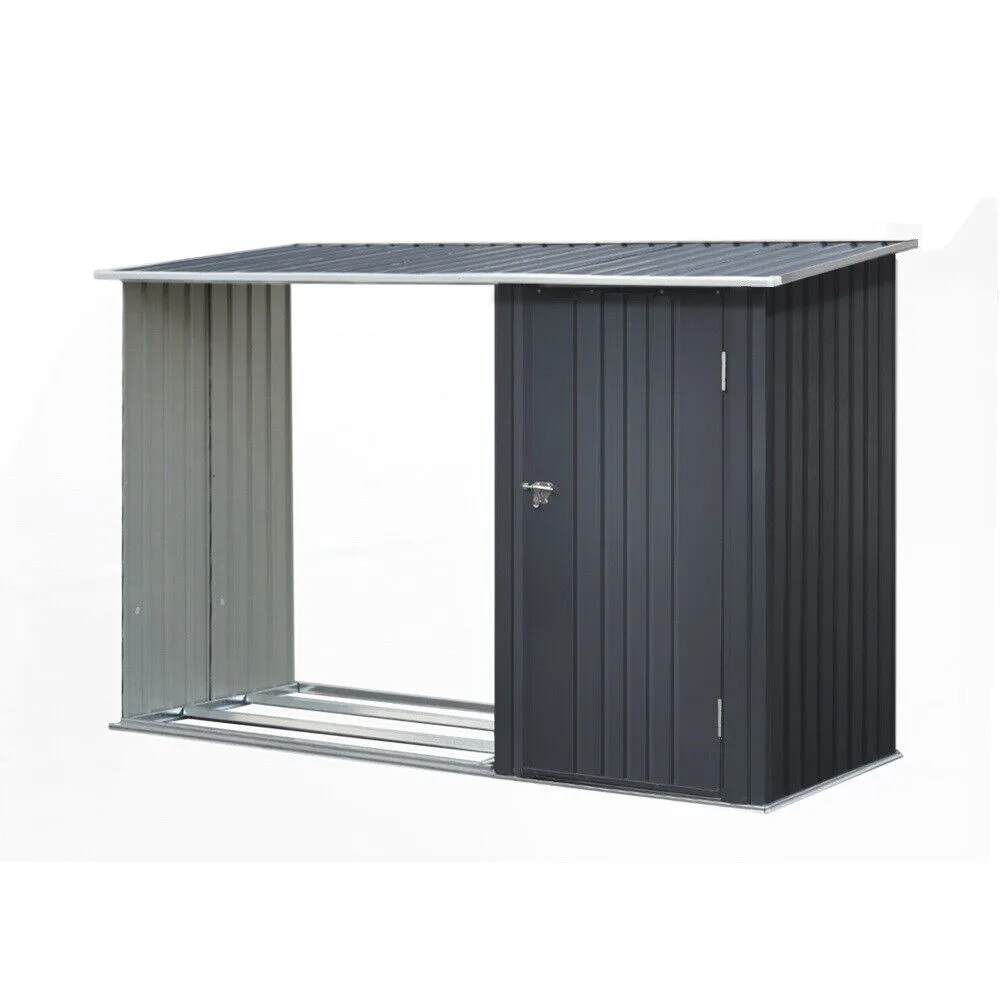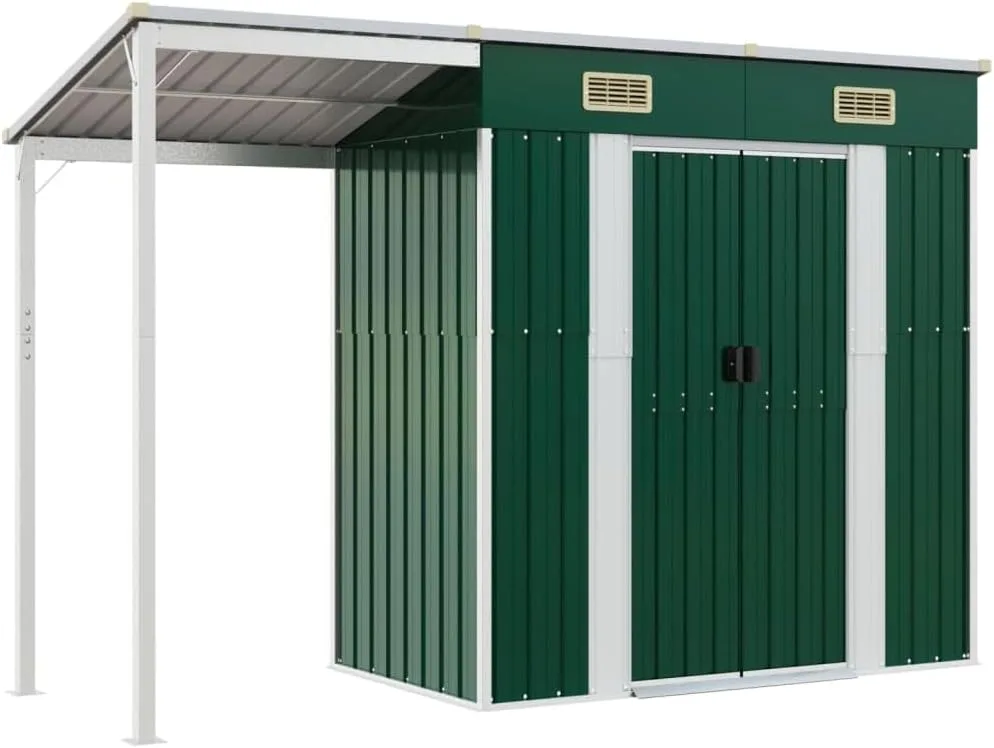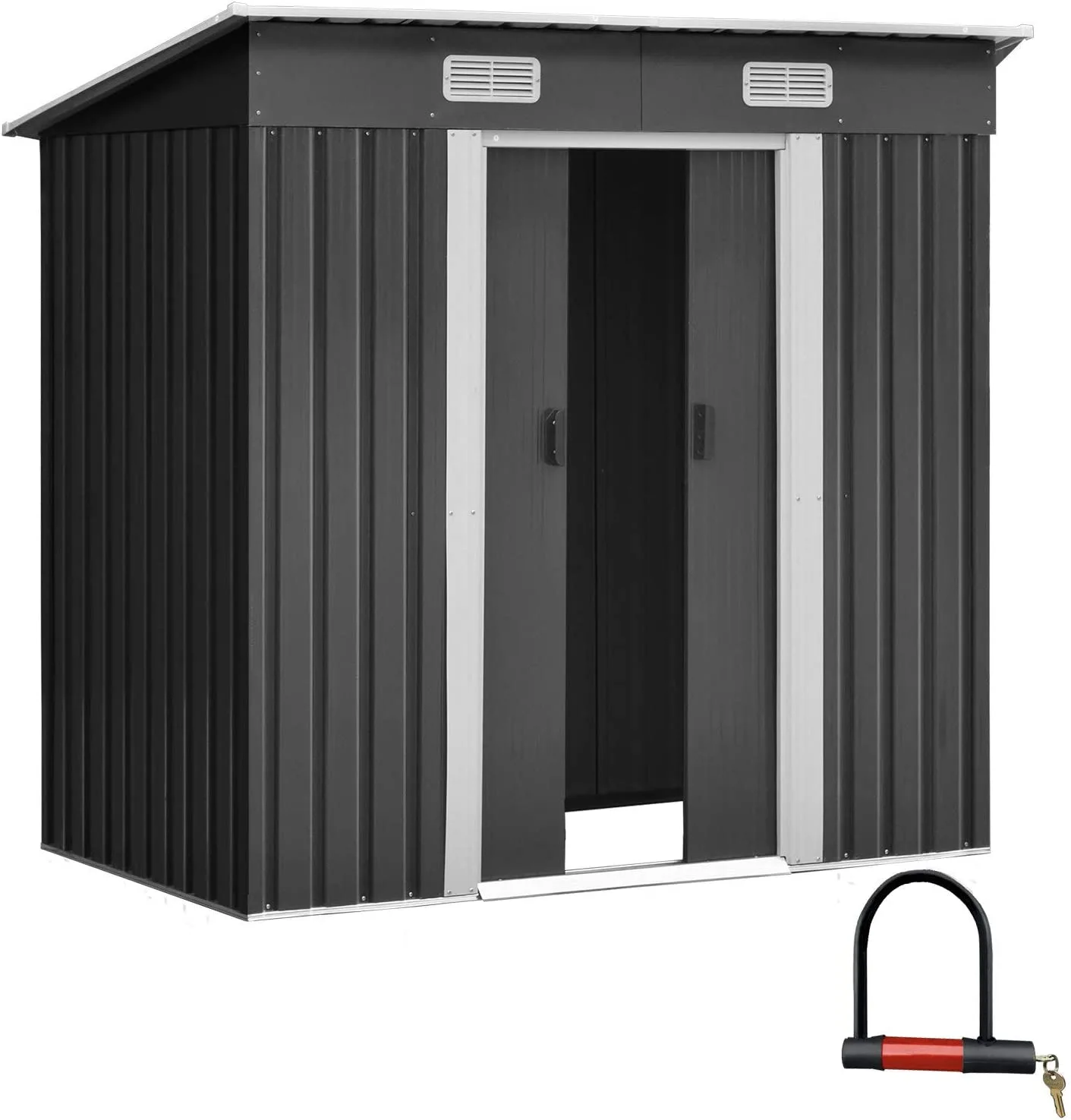Choosing the Best Flooring for Your Garden Shed: A Complete Guide
Choosing the right flooring for your garden shed is crucial not only for the shed’s functionality but also for its longevity. This guide will explore the various options available and help you select the perfect garden shed floors to meet your needs.
Understanding Shed Flooring
Shed floors serve as the foundation of your garden structure. Not only do they need to be sturdy, but they should also protect against moisture and pests. We’ll discuss the different types of floors available and why a good floor is essential for the durability of your shed.
Factors to Consider When Choosing Shed Flooring
Durability
The floor should withstand the weight of the items stored as well as frequent foot traffic.
Moisture Resistance
Especially important in humid or rainy climates, the flooring should resist rot and mold.
Load-bearing Capacity
Ensure the flooring can support heavy tools or equipment stored in the shed.
Types of Flooring for Garden Sheds
We discuss three main types of flooring—concrete, wooden, and plastic—each with its own set of characteristics suitable for different needs and budgets.
Concrete Flooring
Pros and Cons
Concrete floors are highly durable and pest-resistant but can be expensive and require professional installation.
Installation Process
Detailed steps for preparing the mix, laying it down, and ensuring it cures properly to avoid cracks and other issues.
Wooden Flooring
Types of Wood Used
Options range from treated pine to cedar and composite woods, each offering different levels of durability and resistance.
Maintenance and Care
Tips on sealing, treating, and cleaning wood floors to extend their life and maintain their appearance.
Plastic Flooring
Benefits
Plastic floors are easy to install, relatively inexpensive, and resistant to moisture and decay.
Installation Tips
Guidance on how to lay down plastic panels for a quick and easy setup.
How to Prepare the Base for Shed Flooring
Site Selection
Choosing a level, well-drained area to avoid water pooling and ensure stability.
Ground Preparation
Steps for clearing the site, laying a sub-base, and ensuring it is compact and level.
DIY Installation Tips for Shed Floors
A detailed guide for those looking to install their shed flooring themselves, including a list of tools needed and step-by-step instructions.
Maintenance and Care
Routine Maintenance Tips
Regular cleaning and inspection schedules to keep the floor in top condition.
Dealing with Common Issues
How to address common flooring problems like moisture damage, warping, and wear.
Cost Considerations
Detailed breakdown of potential costs involved, including materials and installation, to help you budget effectively for your flooring for garden shed.
Upgrading Your Existing Shed Floor
When to Upgrade
Identifying signs that your current shed floor needs replacement or enhancement.
Options for Upgrading
Various upgrading techniques, from adding a new layer of material to complete replacement.
Common Mistakes to Avoid
Key errors to avoid during selection and installation, such as underestimating the importance of moisture barriers or choosing materials that don’t fit the climate.
Choosing the Right Supplier
Advice on selecting a reputable supplier, focusing on quality, price, and customer service to get the best materials for your floor for storage shed.
Conclusion
Choosing the right flooring for your shed is a decision that affects not only the usability of your shed but also its maintenance and lifespan. By considering the factors outlined in this guide, you can ensure that your shed floor is durable, functional, and well-suited to your needs. Remember, a well-chosen floor is an investment that enhances the overall value and effectiveness of your garden storage space.










No comment yet, add your voice below!